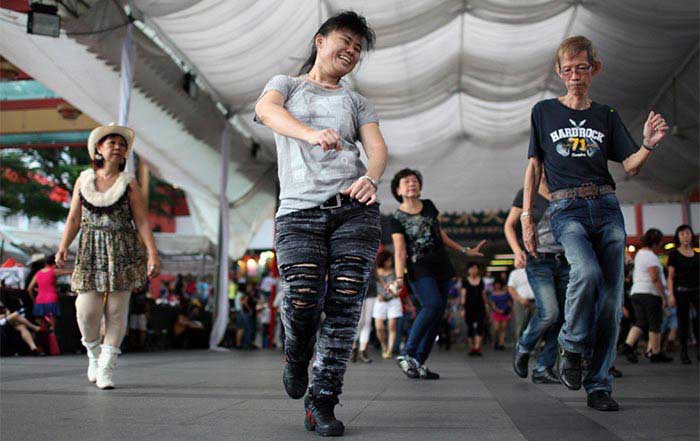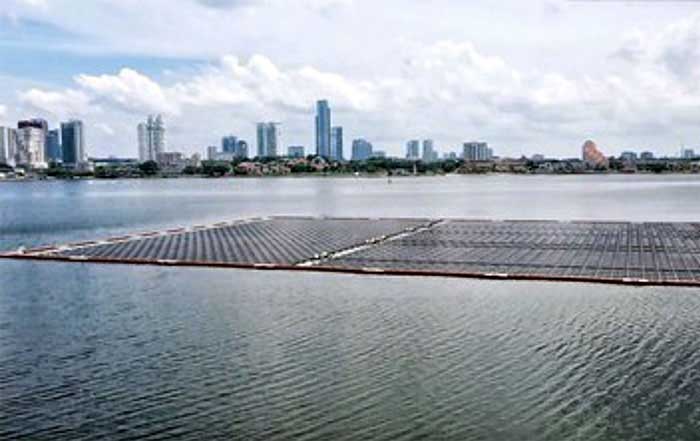Other neighbouring countries' cultures generally influence Singapore's cultural dances. Yes, the dances typically reflect a mix of different cultural practices, mainly India's, China's, Indonesia's and Malaysia's folk dances. Singapore's traditional dances constitute both contemporary and classical techniques. The primary identifying mark of these dances is that they always retain the traditions and beliefs of the ethnic peoples. They also creatively portray the concepts and social practices of the people through such an art. Just to find out, we can now explore some of the most popular dances in Singapore:
Dances of Singapore
As noted, in the 1980s, Singapore's culture predominantly featured Chinese and other Asian cultural dances. It amalgamates these and presents them in a uniquely traditional Singaporean form.
The Lion Dance for Good Fortune and Luck
The Lion Dance is one of the most popular Singaporean dance forms. It's primarily adapted from Chinese culture. Essentially, the performer of the Lion's dance usually imitates a lion's movement. To make this perfect, the performer wears a lions' costume while on the dance floor. According to local folks, the Lion's dance brings good fortune and luck at any festival or cultural event. The dance is mostly performed when people have special celebrations. It's also performed when the people are in the process of starting a new venture or project; at the same time, the Lion's dance is a popular feature when there are special Chinese New Year celebrations. The Singaporean Chinese population greatly adore the dance.
How is the Lions Dance performed? During the performance, two of the dancers usually hold the ";lion"; which- obviously- has ";a tail";. Overall, the Lions dance is different from another popular genre-the dragon dance. Two kinds of lions are usually featured- the southern and the northern lion. What is the southern lion? This is usually a one-horned monster. The designers craft it using lots of bamboo cutouts and paper. The lion's colour symbolizes the lion's age and type. Since the dance is supposed to bring good luck, the colours used may be different.
The Malay National dance (Zapin Singapura)
This popular dance style reflects the famous Malaysian Zapin dance. The Middle Eastern people are thought to be the dances' originators. Zapin dance was introduced into Singapore before the British colonialists arrived and mainly popularized in 1973. Zapin has evolved over time and changed significantly over the years. At first, Zapin dance was mainly a ceremonial dance that featured during religious occasions. Male dancers mainly performed the Zapin. Today, the Singapura Zapin dance includes both men and women.
How is it performed? The dancers move in pairs. They wear a straight gown outfit, wrapping a different piece of clothing over the gown. While the dancers are busy, the musicians play different kinds of instruments, more like an orchestra performance. The instruments include rebab, bass, accordion, gambus, bongos (marwas), synthesizer, the drum (known as Rebana) and the Dok. Zapin comes in different forms including ulau, Malayu, Pekajang, Tembung, Lenga, Johar and Zapin Arab.
The Kathak - Dance Story
The Kathak invokes the telling of traditional folk stories and dances. Kathak is a classical Indian dance style that recites the stories of the traditional folk communities and presents them in the form of dances, intricate movement of the hands and the entire body, facial expressions and dynamic foot movement. Kathak is mostly performed during international shows and dance festivals.
Peranakan - The Poetic Dance
Peranakan Sayang is a traditional Singaporean poetic dance. Perakan is usually associated with Chinese and Malay communities (the Straits). Thus, this dance style encompasses Malaysian and Chinese cultures. The Perakans are a native Chinese group of people who came from the southern provinces and settled in Malaysian islands before moving to Singapore. How is this dance performed? It mainly features during important ceremonies like weddings, anniversaries and birthdays. The dancers wear special costumes like Malaysian batic sarongs and Kerosangs. They might also wear Perakan beaded slippers (the Kasot Manek) and brooches. The costumes are typically floral ensembles; the footwear consists of colours derived from the Perakan porcelain. The dancers follow prompts from Dondang singers while the orchestra-like music performs. The musicians usually play various instruments, including traditional Malay hand drums (or the Rebana), the violin and the gong. These instruments are usually complemented with traditional guitars, accordions, tambourines, flutes and western drums.




